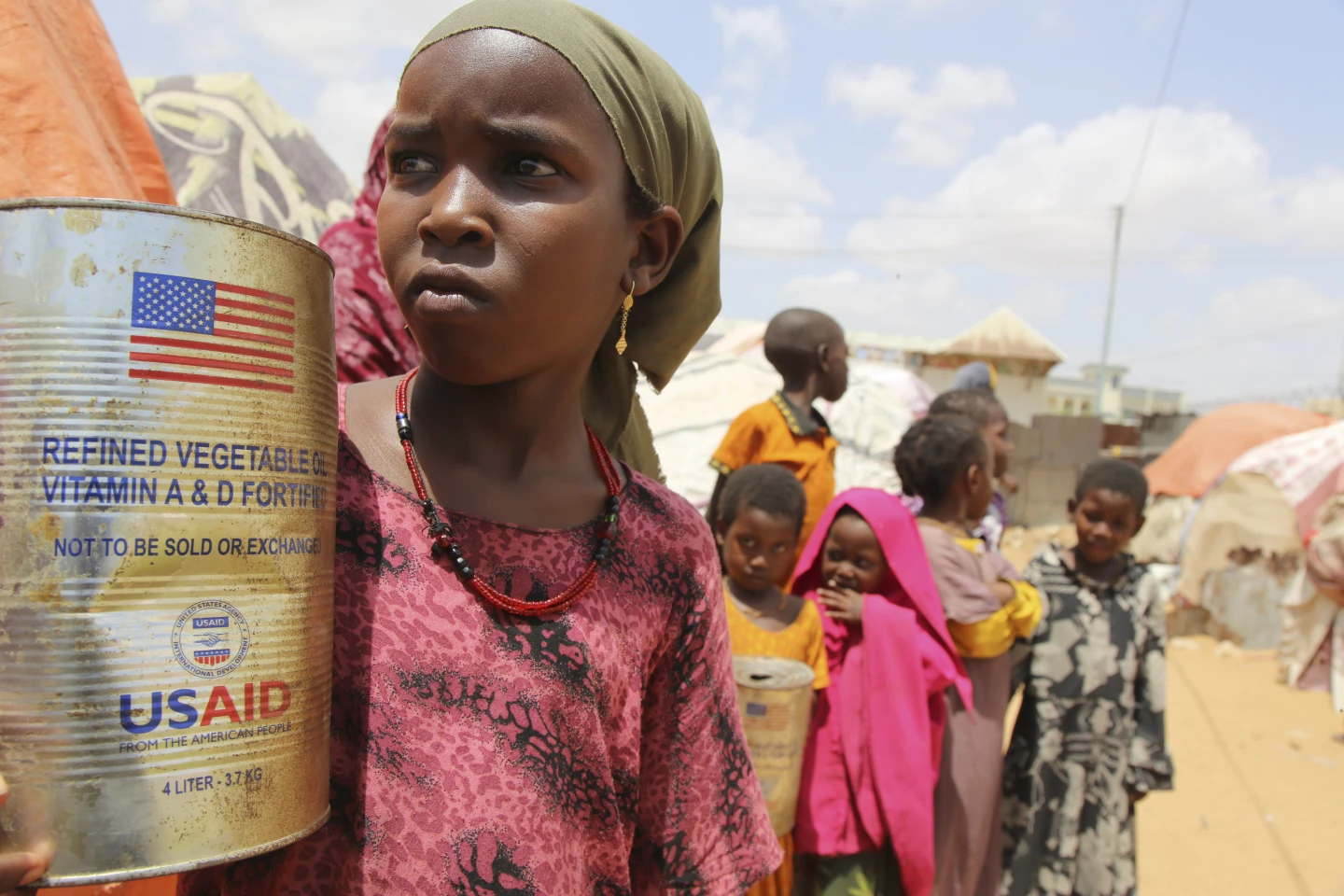
The Reality of International Aid Funding Cuts
The largest number of forcibly displaced people in recorded history is occurring today with various crises around the globe causing 139.3 million people to flee from violence, natural disasters, or instability (UNHCR, 2025). Further, the largest internally displaced crisis in history is happening in Sudan, with 13.7 million people being internally displaced at the end of 2024 (IOM, 2025). The largest displacement crises in recorded history has concomitantly been paired with sweeping global funding cuts for refugee organizations with multiple western countries cutting aid in 2025 to organizations like the United Nations High Commissioner for Refugees (UNHCR), World Food Programme (WFP), and the International Organization for Migration (IOM).
The most notable funding cuts to international organizations were infamously done by the U.S. with President Trump slashing the budget of the United States Agency for International Development (USAID). Afterwards, European countries followed suit and slashed their aid budgets; the UK cutting 39% of their budget, Germany 27%, Canada 25%, and France 19% (CNN, 2025). Anna Nietzsche, OCHA’s Chief of Partnerships illustrates the impact of the global funding cuts, “Vulnerable families are being left without food, clean water, healthcare, shelter or protection in places such as Sudan, Yemen, Ukraine, Myanmar and Afghanistan.” (CNN, 2025). Some of the largest refugee and IDP crises in the world will progressively be left underfunded with current aid cuts coupled with increasing amounts of people who are desperate for aid.
The growing funding cuts to international organizations not only come at a time of unprecedented displacement, but also when these organizations already do not have near enough funding to finance aid effectively. The UNHCR reported that at the end of May 2025, the organization only had funds available to account for 25% of their budget with “the consequences of under-funding being far reaching” (UNHCR, 2025). In 2024 alone, funding gaps for aid organizations totaled a staggering $25 billion dollars (International Rescue Committee, 2025). For the IOM, the recent budget cuts are affecting 6,000 staff members, and decreased their headquarters staff by 20%.
Ten out of the thirteen heaviest hit countries by underfunding are in Africa, exacerbating malnutrition, health problems, poverty, violence, and sexual violence (International Rescue Committee, 2025). In Sudan, the already unprecedented crisis has left 60% of the 50 million inhabitants are in need of assistance, but with the absence of USAID, it is estimated that the situation will be more adverse in the next 5 years and might lead to fatalities especially for children under 5 (ABC, 2025). In West Africa, 300,000 Nigerian children are at risk of starvation and displaced Malians have not received necessary emergency aid since June (AP, 2025). Uganda, the largest host country of African refugees, has seen food supplies vanish for 1 million of the 1.6 million refugees that it hosts (WFP, 2025).
The worldwide destruction of funding for aid organizations is occurring at a time of unprecedented displacement, creating a horrific reality for millions as they are left without emergency aid for essential items as basic as food. The United States’ large cuts for USAID funding have only been mimicked by notable European countries like the UK, Germany and France at a time when there is a funding hole to be filled, essentially digging a larger grave for the millions left without aid. Before the funding cuts, International Aid only made up 1% of the U.S.’s total budget, a small number that can save millions of lives, but instead has been brushed aside as wasteful. Sadly, the world has responded to the largest displacement numbers in history by turning the other cheek, plugging their ears, and humming a tune whose chorus echoes “we don’t care”.
Photo Credit - Farah Abdi Warsameh
References
ABC News. (2024, December 19). Humanitarian system struggles to fill US void in Sudan, one of world’s largest crises. https://abcnews.go.com/Politics/humanitarian-system-struggles-fill-us-void-sudan-worlds/story?id=123483196#:~:text=According%20to%20data%20from%20the,is%20funded%20at%20only%2023%25
Associated Press. (2024, November 30). Nigeria and West Africa face food shortages as aid cuts take toll. https://apnews.com/article/nigeria-west-africa-un-aid-cuts-food-trump-a7c0c923e4acb61e088414d21364b4f3
CNN. (2025, June 12). UK, Germany and Canada slash foreign aid budgets amid global crises. https://edition.cnn.com/2025/06/12/europe/foreign-aid-cuts-uk-germany-canada-intl
Internal Displacement Monitoring Centre. (n.d.). Sudan. https://www.internal-displacement.org/countries/sudan/
International Organization for Migration. (2024, March 4). Update on IOM operations amid budget cuts. https://www.iom.int/news/update-iom-operations-amid-budget-cuts
International Rescue Committee. (2025, June 16). Global aid crisis: 13 countries most affected by international aid cuts. International Rescue Committee. Retrieved July 22, 2025, from https://www.rescue.org/13-countries-impacted-aid-cuts
United Nations High Commissioner for Refugees. (n.d.). Underfunding. UNHCR. Retrieved July 21, 2025, from https://www.unhcr.org/about-unhcr/planning-funding-and-results/underfunding
WFP. (2024, October 2). Uganda to Angola: Africa’s refugees face soaring hunger and shrinking aid. World Food Programme. https://www.wfp.org/stories/uganda-angola-africas-refugees-face-soaring-hunger-shrinking-aid
World Relief Committee. (2023, November 20). 13 countries most impacted by global aid cuts. International Rescue Committee. https://www.rescue.org/13-countries-impacted-aid-cuts
Categories:
Tags:

